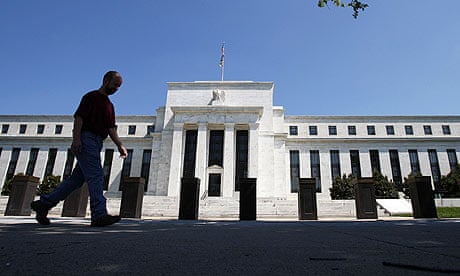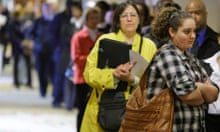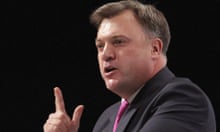Last week's US economic data was rosier than anything found in the European garden. Home sales, so long the drag on positive sentiment in key states, were on an upwards trajectory. Consumer confidence regained some of the ground lost last year when the euro crisis was at its height.
The Federal Reserve was expected to remain cautious about the outlook; for the first time in recent history, the Fed planned to remain immune to the building euphoria. Austere and sober, there is no way it is going to get carried away.
And that is how it proved when the Fed's main decision-making and discussion forum, the Federal Open Market Committee (FOMC), argued that interest rates should remain at record lows for at least the next two years. All members of the committee voted on when they thought rates should rise and the two-year figure is an average of all their forecasts.
Two years tells us that the deleveraging by households, banks and businesses will go on for at least that long and that growth, such as it is, will remain lacklustre and dependent on cheap money flowing around the financial system, care of the central bank.
No wonder there are a number of economists keen to present a more realistic picture of the US.
David Semmens, US economist at Standard Chartered Bank, said that despite the broad improvement seen in the data of late, the overwhelming tone of Fedspeak has been downbeat and cautious. Recent growth will prove to be a blip.
"We expect to see an air pocket for growth in Q1 2012. Following the halving of the tax incentive for investing from 100% to 50% between 2011 and 2012, we expect a sizable amount of investment intended for early 2012 to have been undertaken in Q4-2011. Also, the low saving rate leaves consumers more exposed to any confidence shocks caused by the European crisis. We expect inflation to fall in the coming months, while job growth remains subdued at only 150,000 per month, not enough to make much of a dent in the unemployment rate."
Tim Geithner and his treasury team have done their best to keep the economy moving against a wave of Tea Party-inspired attacks. Yet the investment cut was a mis-step and election year probably holds more shocks from Capitol Hill in the form of blocking motions and other manoeuvrings to derail the recovery.




Comments (…)
Sign in or create your Guardian account to join the discussion